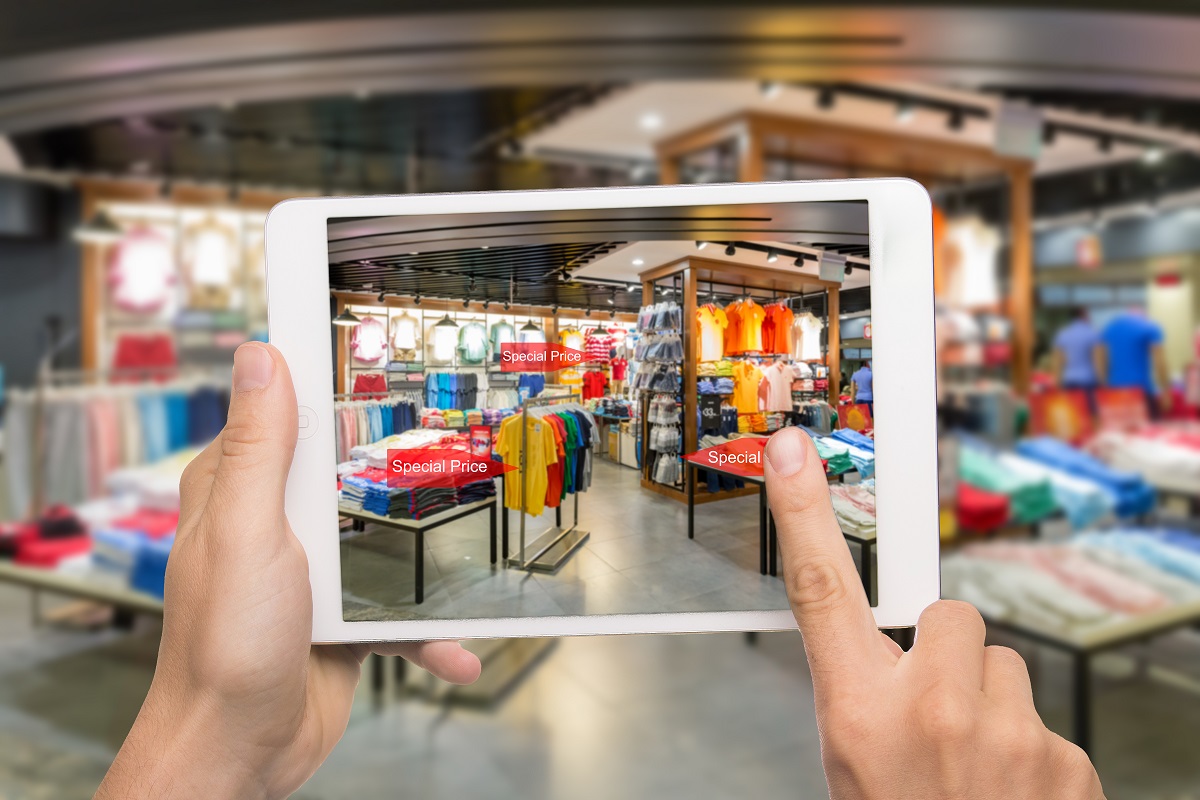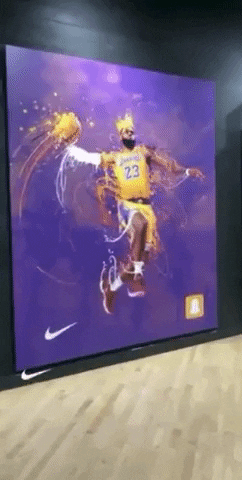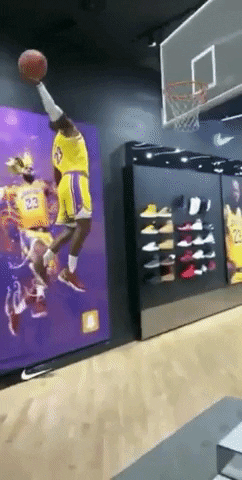Augmented Reality: Digital Marketing of the Future

You have done your homework about your target market, taken the best SEO advice you could find, and created a downright spiffy website. Everything is shiny and successful for your business, right?
Alas, the truthful answer to that question is often a resounding ‘no!’
As a businessperson in the world of e-commerce, sometimes even doing everything you can within the realm of reality is not enough. At that point, it may be time for you to recreate reality. To be precise, you need to augment reality.
Augmented reality, usually known as AR, is a game-changing technology. It gives the consumer a unique view by placing a computer created image on top of what the user actually sees. It is similar to virtual reality, but the key difference is AR uses existing surroundings.
How Can Augmented Reality Help My Business Grow?
- AR allows you to give your customers and visitors to your web page a one-of-a-kind personalised experience. Using augmented reality, you can allow your site visitors to interact with your products and services in a way generally not possible in an online situation. A customer’s confidence in their choice improves with this type of engagement. A customer is less likely to abandon a cart if they can see how great that new shade of lipstick looks when applied via AR effects.
- It is no secret that the majority of consumers in the virtual marketplace are accustomed to existing ‘bells and whistles’ seen on numerous sites. Attention span and patience are consistently a challenge to those in the virtual marketplace. AR is a way to grab, and hold, the attention of a casual visitor to your site.
- Even as the price of what you pay for internet advertising creeps up, there is a disturbing trend that is giving you less for your advertising dollar. Along with impatience with ads, consumers are consistently increasing the use of adblocking. By implementing AR, consumers will be more interested in what you have to say, in part because they will be interacting. This gives you an edge over competitors who are paying for ads blocked before they are viewed.
- When done well, a company’s AR advertising can go from a cool experience to a bonafide worldwide trending topic. A prime example of this dates back to February 2019 when US-based Footlocker used Snapchat’s AR marker technology on a Nike poster of American basketball legend LeBron James. AR allows the image of James to slowly burst out of the poster and dunk a basketball into a net. This was a good attention grabber until LeBron James Tweeted a video of the AR experience. Then it blew up social media. The video had 1.25 million views within an hour after James’ tweet. Footlocker and Nike were on the receiving end of a push they did not see coming. Of course, there are no guarantees of an event like this, but creators made this in a rather simple way. Imagine the potential buzz around something produced with more technical finesse.
Images by Keith Stoeckeler/Twitter
Is AR a Fad?
In a word, no. While there is no doubt that fads and trends can fade into the background over time, AR is far from being a passing fancy.
According to Dave Di Veroli, VMLY&R’s head of strategy and innovation, AR is far from a fad and is even beyond classification as part of a niche market. He predicts that Australian businesses will soon face decisions about how to move forward and use AR in their marketing strategies. Di Veroli believes this is just the beginning for AR.
Equate augmented reality to the beginning stages of television. Many believed it was not possible that a device showing moving pictures could end up in the majority of first-world homes. Savvy businesspeople jumped onboard and adapted their advertising to mesh with this strange new mode of entertainment.
How Are Businesses Implementing It?
Those businesses on the cutting edge of AR technology are finding a variety of ways the platform improves their business and the experiences of their customers.
- The Australian Open – An example that has major ramifications for the sports world everywhere is the AR project underway with the Australian Open partnering with Infosys. Virtual reality is also a part of this immersive and impressive undertaking. Based on the belief that tennis is more enjoyable when one experiences it, the AR experience for the Australian Open allows tennis fans to watch matches as if they were seated courtside, engage in matches with tennis legends, and shop at the Official AO Virtual Reality Store. By using these dynamic features, Australian Open fans can enjoy a unique, almost unimaginable experience.
- Deloitte Lens – Using the company’s wearable glass technology, workers across a broad range of occupations can share information with coworkers based elsewhere. This is ideal for solving issues quickly as there is no need to dispatch more workers to help identify problems.
- Gucci – The high-end fashion brand allows potential customers to see what shoes would look like on their feet, with no brick and mortar store visit required. Consumers use AR on Gucci’s webpage to superimpose various shoes and digitally try the shoes on to see if they like the look.
What Facets of Marketing Are Good for Augmented Reality?
There are few marketing situations where AR would be unwelcome. All expert analysis points to augmented reality’s versatility and universal nature.
- AR Helps Small and Medium Sized Businesses Keep Up – Stocking a large variety of goods is not a problem if the stock is in the form of augmented reality images.
- Allows Customers to Tour Store Fronts – By blending the experience with fun, marketers create a memorable event. Adding the option for consumers to further experience goods like trying items on, enhances the enjoyability and creates a stronger attachment to products.
- Reach Many Types of Potential Customers – Business owners can use AR to try various styles and methods of advertising on small, less costly scales to see what appeals to their target demographic.
- Place Products in Highly Visible Areas – Reaching a very broad audience is possible with augmented reality. It is also possible for a broad audience to find unique features to engage with in a single advert.
- Offer a 3D Experience – Placing your customer in the middle of the patio they would like to build or on top of a temple they would like to tour goes a long way in helping to influence a purchase.
While augmented reality may sound a bit like science fiction to some business owners, it is a very real and important tool that can put your company ahead of your competitors. The virtual marketplace moves faster than ever; make sure you can keep up in order to thrive.




